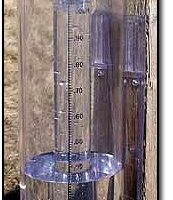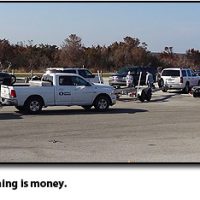
It was the summer of ’73, and Stewart Couch was planning his own “Endless Summer.” He and surfing buddies Doug Meekins and Gary Bowers split the $300 three ways on a used Ford van and, burning the midnight oil at the Lighthouse Service Center, they readied it for the long haul from Hatteras to Baja […]
Local News | Full Article










